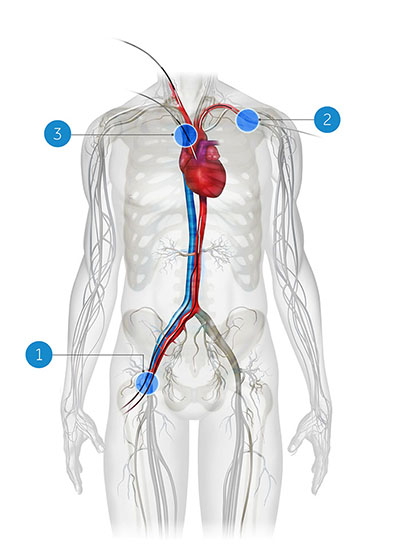Repairing a broken heart (valve)
Transcatheter aortic valve replacement (TAVR) is an alternative to open heart surgery

The aortic valve is the work horse of the heart.
Responsible for keeping blood flowing in the right direction, a healthy aortic valve will open and close 60 times every minute.
But sometimes aortic valves become too narrow or blocked. When this happens and the condition is severe, a doctor might recommend a transcatheter aortic valve replace (TAVR) procedure. Here’s what you should know about TAVR.
What is TAVR?
A transcatheter aortic valve replacement (TAVR) is a minimally invasive procedure that involves replacing a person’s diseased aortic valve with a man-made valve. People who have severe aortic stenosis are candidates for TAVR. Aortic stenosis occurs when the aortic valve becomes too thick to open and close properly. If the valve doesn’t open properly, blood can’t flow properly through the rest of the body.
What to expect during TAVR?
A TAVR procedure is less invasive than open heart surgery and typically takes approximately 1–2 hours.

At the start of the procedure, a doctor makes a small cut in one of three places:
- the groin
- the neck
- a space between your ribs
The doctor will guide a thin, flexible tube with the new heart valve through the incision, into the artery, and to the diseased valve. The new valve will be placed in the diseased valve or failing surgical valve and will begin working immediately. The doctor will then remove the tube and close the incision.
What comes next?
After a TAVR procedure, a patient may spend a day or more in the intensive care unit (ICU) and another day or two in a patient room. Most patients begin walking within a day or two of their procedure -- and can go back to doing the things they want.
Related content

new.png)

